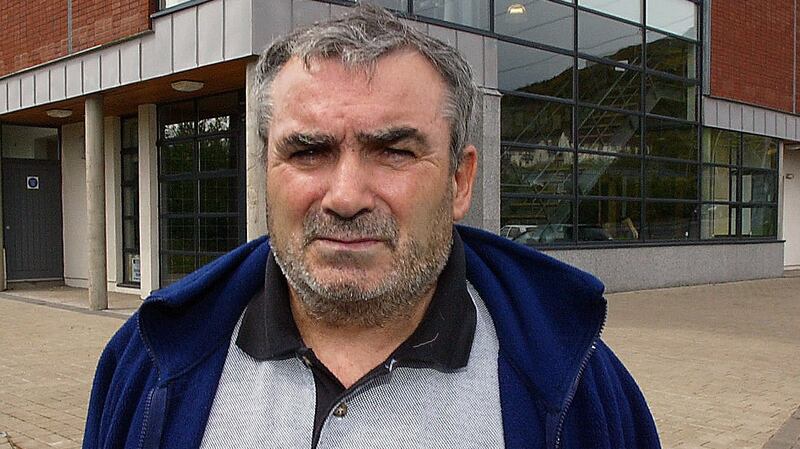It has been a week in Northern Ireland when the horrors of its violent past have come flooding into the present. Almost as if some rewind button has been pressed, the details of the Kingsmill and Loughinisland massacres have been heard as a reminder of those dark years.
Then, in another development yesterday, Chief Constables George Hamilton and Jon Boutcher set out plans for another major investigation into the past in what will be known as Operation Kenova.
Hamilton, Northern Ireland’s most senior police officer, has called in Boutcher, the Bedfordshire Chief Constable, to investigate the alleged activities of “Stakeknife”, a British military agent operating inside the IRA.

Freddie Scappaticci, a Belfast republican interned in the 1970s, fled the city in May 2003 denying he was the agent. At the time, he said his involvement with the republican movement had ended 13 years earlier.
Boutcher’s investigation will look at British military intelligence and the activities of IRA “internal security”.
Once again, questions will be asked about intelligence agents’ involvement in the most serious crimes. More than 50 murders are to be investigated.
The role of IRA internal security was the culling of informers, involving interrogation, torture and execution.
‘Golden egg’
Stakeknife operated at the heart of IRA internal security. He has been described as a “golden egg” – the British Army’s “most important secret”. Now, that secret is to be the subject of investigation. It could prove hugely embarrassing for both military intelligence and the IRA.
How far was an agent allowed to go in activities that ended in murder? What information was available to military intelligence, the RUC Special Branch and the security service MI5? When was that information available?
For the IRA, there is the embarrassment of knowing an agent was operating at the very heart of its organisation. “You are going to go into a period now when republicans are going to close down,” a source commented.
Why? Because Stakeknife knows many of the IRA’s secrets, the people directly involved in the interrogations and executions, the orders given to him and who gave them. He knows the detail of IRA internal security and who he was reporting to inside military intelligence – what he told them and what they told him.
Boutcher’s investigation will go where it is not wanted, encroaching into the area of British national security and the hidden places of the IRA. He will know the history of other major investigations in Northern Ireland conducted by senior British police officers examining intelligence, agents and covert activities. Stalker, Sampson and Stevens have all been down similar roads. Their investigations took long periods of time while they faced obstacles and sought ways through the walls protecting intelligence secrets.
Stakeknife knows a lot about the IRA and military intelligence. Some believe his information could bring the house down. He is in hiding but Boutcher and his team will be able to find him. The question is whether he will talk.
Paper trail
One of the first tasks of the investigation will be an assessment of documents, following the paper trail to see where it leads. In such investigations there will always be missing jigsaw pieces; there is never the full story of any agent. The intelligence world and the IRA have much to hide.
This new investigation is about to enter the complex maze of Northern Ireland’s past.
Brian Rowan is the author of the recently published Unfinished Peace










